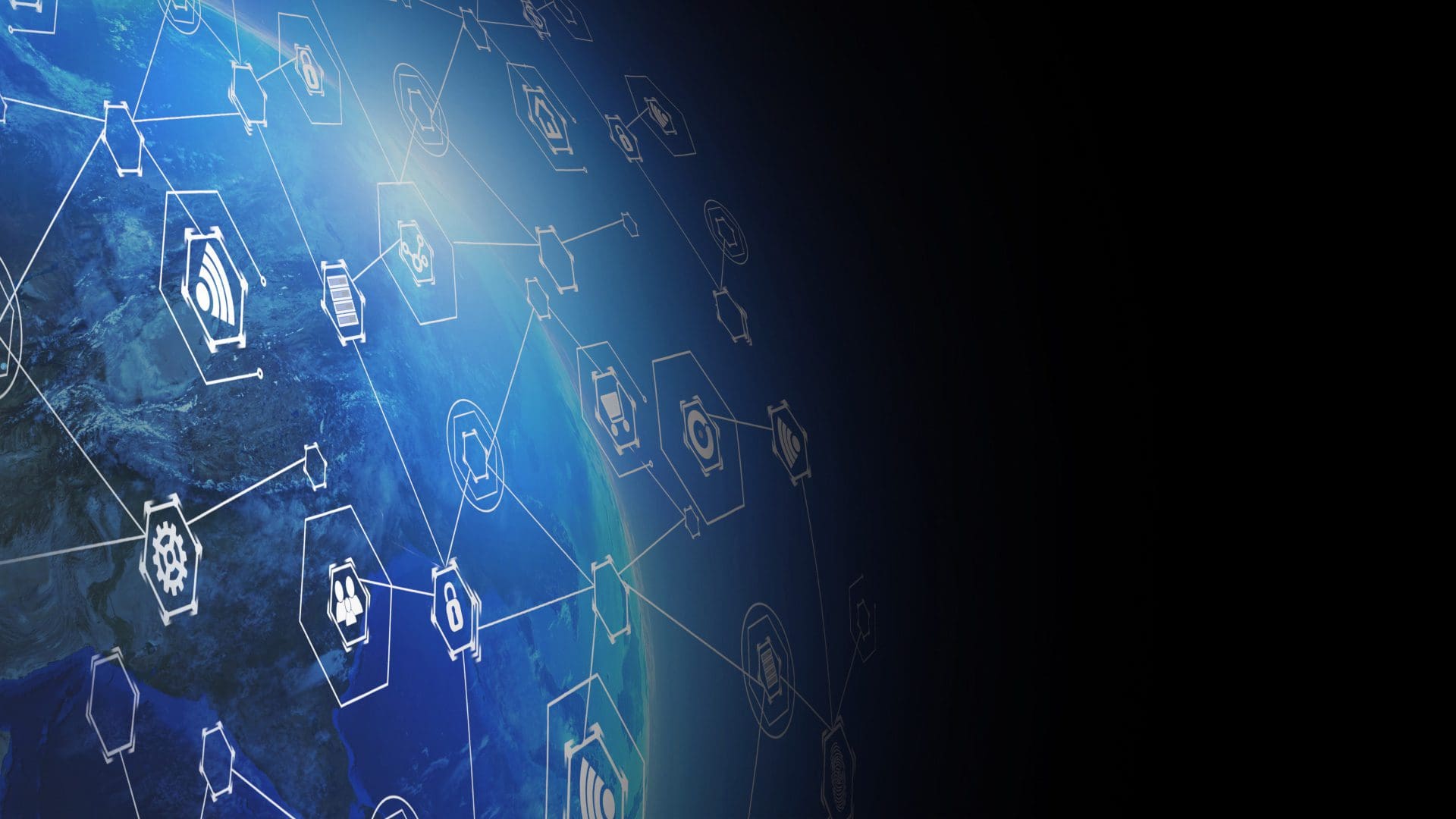Over the past year, adoption and investment in emerging technologies and new applications such as the Internet of Things (IoT) have continued to increase, as connectivity among devices capable of sending and receiving massive amounts of data grows significantly.
This increased traffic is driven by diverse enabling technologies, such as IEEE 802™-based connectivity protocols, blockchain, edge computing, and artificial intelligence/machine learning (AI/ML), among others.
Along with this growth comes the need to address certain core issues. For example, user identity and privacy face significant challenges. Security also remains a big challenge for IoT deployments given issues like malware, ransomware, the inability to always identify affected devices, and weak device credentialing. Better protection of data is needed for individuals as well as organizations.
In addition, energy efficiency and sustainability have become major considerations for the new era of connected devices.
All of these factors play into the work of the IEEE Standards Association (IEEE SA) in these foundational technologies that impact a vast array of industry sectors.
Looking toward 2022, we see five major trends that drive the future of these technologies.
Instilling Human Values into Connected Systems
Overall, the incorporation of human values such as Trust, Identity, Privacy, Protection, Security and Safety (TIPPSS) into all manner of connected technologies will be given a higher priority than ever before.
The increased focus on these human-oriented requirements results from the fact that every day more people and machines are being connected in more ways to do more things. Simply put, we care more about our data now because we’re generating more of it. For example, our smartphones are key to many of the things we do now, unlike when they were first introduced, and so ensuring user data privacy when using our smartphones has become much more important.
An additional reason that systems are increasingly being designed with an eye toward non-functional TIPPSS requirements is the fact that as technology pervades society, there is more regulation from government authorities. Consumer applications that better-protect user identities, for example, are more likely to comply with regulations that may be forthcoming.
Cybersecurity is a Key Enabling Theme
The move to greater levels of cybersecurity is an enabling trend that cuts across all foundational technologies, given the amount of activity taking place online among people and among internet-connected devices and machines in industrial and other physical environments. Therefore, organizations need more holistic, comprehensive plans to anticipate and deal with security threats, regardless of their specific industry or technology.
On the human level, many people remain unaware of what needs to be done to safeguard data, identity and other private information, or they are unwilling to do it, and so there is an increasing number of points of failure. The most common error is to assume that technology will protect us, but the overwhelming proportion of successful cybersecurity attacks involve social engineering to influence our behavior. Also, in the case of accidental privacy breaches, human error is often the culprit. Therefore, cybersecurity approaches will increasingly take human behavior into account in system design going forward.
At the machine level, more ways to harden Industrial IoT (IIoT) and smart manufacturing systems (i.e., to validate them from a security viewpoint) will be developed and deployed.
Accelerating Smart Manufacturing
There is a vast amount of data in today’s industrial plants and among connected IoT devices in general. The data can be used to introduce new capabilities such as predictive maintenance to improve flexibility, productivity, and output, and to lower costs.
While the past decade has seen explosive growth in new and better ways to collect, analyze, and use this data, that trend will accelerate in 2022.
For example, in an IIoT environment it is often desirable to process data at the edge of the network, rather than sending it to the cloud for processing. Sending to the cloud consumes energy and slows performance because of the relatively high latency between the edge and the cloud. But AI/ML technologies can dramatically reduce latency by better partitioning network functions between the edge and the cloud, leading to better performance and greater energy-efficiency. One approach to achieving this is the move toward Ethernet-based time-sensitive networking. As a deterministic data-transport technology, it reduces latency to millisecond or nanosecond levels.
Also, with the move to more highly automated manufacturing in today’s factories, equipment such as sensors, vision systems, robotics and related systems are all tightly intertwined. But TIPPSS values come into play here too, because these are critical systems. It is an open question as to what are the best ways to connect them so that they function optimally, with trust among devices built into the system architecture. To help accomplish this, smart factories, intelligent process automation, as well as sensor standardization will be key areas of focus going forward.
Diverse Trends in Consumer Applications
Continuing the trend we have seen throughout the COVID-19 pandemic, the digitization of education and many other areas of life will accelerate. While that brings many benefits, it also brings many thorny issues that technology will be called upon to address. One example is data governance, which is of growing importance given the increasing amount and type of activities online, such as financial transactions and remote work.
In particular, given the increasing numbers of children who are online, and at earlier ages, children’s data governance is a hot-button technology trend for 2022. It is essential to develop inclusive, trustworthy online and offline experiences for children. To move this work forward, IEEE SA has released the Applied Case Studies for Children’s Data Governance report. It offers practical steps for organizations and developers of technology for children, along with real-life examples of technology designed to foster positive and trustworthy interactions for them, in an effort to build dignity, digital inclusion, identity, trust, and agency.
Another consumer-oriented trend that is gathering momentum is the development of technology to deal with harassment and bullying among players in online gaming and e-sports activities. How to design appropriate systems is not necessarily a straightforward exercise, though, as a certain amount of competitive bantering is expected and is desired in many of these games – for both adult and young users.
We also see an acceleration in the use of various wearable electronic technologies by consumers, and augmented/virtual/mixed reality (AR/VR/XR) technologies as well, although these systems are in an early stage of development.
On these new frontiers, ethical considerations are gaining traction among industry, government, academia, and consumers. IEEE SA is working on several standards projects and initiatives to incorporate human and social values into consumer applications. IEEE 7000™-2021, for example, was published to help integrate ethical and functional requirements to mitigate risk and increase innovation in systems engineering design and development.
Advancing Infrastructure for Emerging Technologies
Newer technologies such as blockchain, quantum computing, photonics and others will drive new applications and enable new markets.
Blockchain has great potential as a way to record information such that it is difficult or impossible to alter that information. But while it has already begun to impact healthcare, its true impact is perhaps five to eight years away, because blockchain comes with many challenges like power consumption. IEEE SA is working to launch various projects in 2022 and beyond to enable more efficient and effective blockchain technology.
Quantum computing is an emerging foundational technology that has the potential to enable cybersecurity, pharmaceutical research, more sophisticated data analytics, and new modeling and optimization solutions in many areas. It is still in the research phase, but much progress has been made in developing systems with more computing elements (i.e., qubits), using more cost-effective manufacturing technology. These advancements will also accelerate in the coming year.
As these emerging technologies evolve and enable new applications such as remote surgery driven by AR/VR, energy efficiency and sustainable development will become a key consideration in the future.
Get Engaged with IEEE SA
IEEE SA works across industries and sectors to drive worldwide participation and champion the benefits of open standards, accelerating their adoption and the advancement of technology.
We offer an inclusive, neutral platform that enables global collaboration.
Beyond standards development, we also offer a full ecosystem of products and services, including:
- Industry Connections program enabling exploration of emerging technologies to incubate new standards and solutions;
- Conformity assessment and certification programs to speed up market adoption of standards and build confidence in product functionality and safety;
- IEEE SA Open – a comprehensive open source development platform that helps raise the world’s standards through new communities of technology collaboration.
The IEEE SA Foundational Technologies Practice brings together experts from around the world to address critical TIPPSS issues through both foundational-level and domain-specific standards and solutions. We empower the global community to participate in core activities aimed at addressing challenges and positively impacting foundational technology for the benefit of humanity.
Learn more about IEEE SA’s work in foundational technologies and join our efforts.









